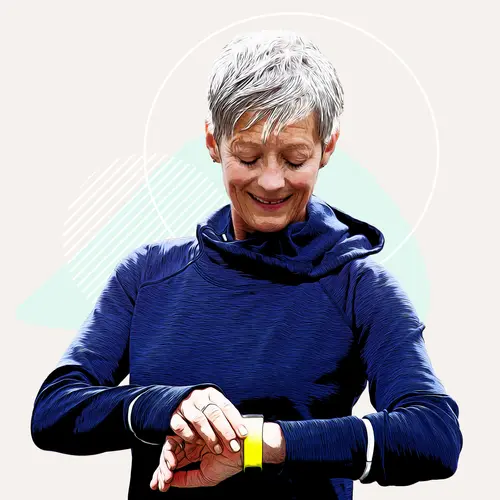Modern hearing-aid technology can help you hear what you want to hear when you want to hear it. Many devices have features that hearing aid wearers would never have dreamed of 50 or even 20 years ago.
Your basic hearing aid and cochlear implant are still essential for better hearing. It's the bells and whistles that come with them that make them different.
Directional Microphones
One of the biggest hurdles for people with hearing loss is background noise. It drowns out things you really want to hear, like the person sitting across from you in a restaurant. Directional microphones pick up sound from one direction and filter out the hubbub.
Most modern hearing aids have them built in. The same microphone can switch to a different mode to pick up sound all around, like when you’re listening to music. And you don't even have to think about which mode to use because most devices can recognize the type of sounds around you and make the switch automatically.
Streaming Accessories
Today’s hearing aids can connect with the devices you depend on every day: computers, smartphones, and tablets. Streaming technology like Bluetoothcan wirelessly link your hearing aid with your devices to make phone calls, music, and turn-by-turn directions clearer.
Some hearing aids allow streaming directly from smartphones and tablets.
Others can connect to a streamer device you can wear around your neck, stash in your pocket, or put on a table.
Hearing Loops and Telecoils
Hearing aids help a lot in face-to-face conversation, but sounds tend to get unclear in larger settings, like movie theaters, airports, and stadiums. Loop systems can help. They’re a network of one or more microphones that lead to an amplifier and then a wire "loop" that goes around a room and sends sounds through electromagnetic waves. The signals are picked up by a wire in your hearing aid or cochlear implant called a telecoil, or T-coil.
"In an echo environment like a church or synagogue, you flip to the telecoil and, boom, you can hear like magic," says Cynthia Compton-Conley, PhD, director of consumer technology initiatives at the Hearing Loss Association of America.
Loop systems have been around for years, but Compton-Conley says many people don’t know they exist or that their hearing aids can connect to them.And not all large facilities have them. But more and more public places are making the investment.To know if a facility has a loop system you can link to, look for a sign with a shape like an ear and the letter T.
There are also smaller loop systems you can use at work or at home, like when you’re watching TV.
The key is to make sure that your hearing device has a telecoil when you buy it. You can’t add it in later.
Telecoils " are so important, it's like buying a car and forgetting to put the wheels on," Compton-Conley says.
FM and Infrared Systems
Frequency-modulated systems, like loop systems, can help you hear in settings like a classroom. They transmit sounds via radio signals. Infrared systems work in a similar way, moving sound through invisible light beams, similar to a TV remote.
There is an extra step. People who have a telecoil in their hearing aid or cochlear implant can access either system with a wire they wear around their neck, called a neckloop, or a device that goes behind their hearing aid, called a silhouette inductor. These convert the radio signal into magnetic waves that your telecoil can pick up.
Personal Sound Amplifiers
Also called PSAPs, hearables, or personal listening devices, these are the sound equivalent of over-the-counter reading glasses. They work much like hearing aids, but they’re cheaper and you can buy them off the shelf. They’re also not regulated by the FDA like hearing aids are. But experts don’t agree on whether they help, and some believe they can be harmful.
"A lot of them are quite loud, quite powerful, almost equivalent to a hearing aid," says Kathleen Cienkowski, PhD, director of audiology at the University of Connecticut. "If you take that and you have normal hearing, you can damage your ear."
If you’re having trouble hearing, it’s still a good idea to go to your doctor to have a hearing test and talk about treatments that can help you.
Technology and You
When you decide to get a hearing aid or cochlear implant, take some time to decide what you want the device to do for you. Even if you don't want to take advantage of all the latest features (or foot the bill for them), your hearing aid will still serve you well. But it helps to understand that you do have options when it comes to your hearing.
"It's understanding that your hearing aids do not limit you from using all the other technology out there," Cienkowski says.

